The Glamping Business Setup Guide
- The 12 Steps -
Business Plan
Why is writing a business plan for a glamping project necessary?
So, you’ve decided you want to open a glamping site? And whilst making that all important decision is the first step, it is not enough to simply have a clear vision or idea of your business if you cannot formulate and execute a plan to make your ideas work. This is where a business plan becomes essential. A business plan will often be the very next step after a feasibility study, which should have identified the viability of your venture. A business plan is essentially a roadmap, an overview of exactly what your business is, what your goals are and exactly how you will go about achieving those goals.
A business plan will:
Help you think through every aspect of your glamping business and force you to be realistic about your expectations.
Ensure you stay on track in achieving your objectives.
Allow you to assess the viability of your venture and thereby reduce any potential risk of failure.
Help you to identify your strengths and weaknesses and therefore your capabilities in running your business. This in turn identifies where you need to secure additional resources or support to ensure success.
But one often overlooked and key reason for the need of a business plan is in the event that you are thinking about securing any form of finance or funding for your new venture. Banks or financial institutions will insist on having a well thought out and clearly written business plan before considering any lending, and so for many this becomes critical. A business plan is the single most important document you can present to financiers or investors.
So, how do you go about producing a business plan?
Well, it starts with lots of research - collate as much information as you can before you begin. The plan will contain several sections laid out to give anyone reading a thorough overview of your business.
- Executive Summary:
A good plan starts with an executive summary, but our advice is always to write this section as the very last. It is what it says on the tin - a short, one to two paragraph summary of everything that is contained within the main body of the plan.
Other sections to ensure are within your plan include:
- Business Overview:
This is an overview of your business, your current situation, your goals and objectives, your location and your mission and vision for your venture.
- Market Overview:
An understanding of the market itself is crucial and a plan should look closely at market demand for your offering, an analysis of your competitors and a synopsis of your main target audiences. It is useful here to include a SWOT analysis too.
- Marketing:
Next up is how you plan to market your business and hence how you will achieve your volume and revenue goals. Think about the wider market as well as local opportunities. How far are your customers likely to travel and from this identify key conurbations in which to market.
- Management and Resources:
Outline all of your resources, your management structure and operating team. What is your business legal structure (eg Sole Trader, partnership etc)
- Financials:
Finally, your financial plan, often the most important part of the document. This should include protected income, financial or cash flow forecast and should clearly identify your start up costs, ongoing costs and loan requirements. Ensure any statements or projections and forecasts are supported by evidence with an appendix attached to your plan.
Wigwam® Holidays have helped numerous businesses with their plan. To find out more you can contact us here.

